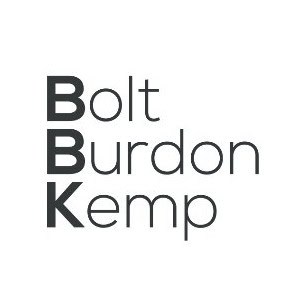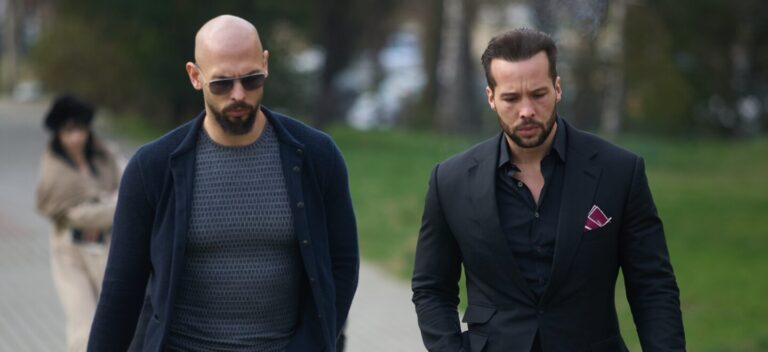Compensation award sparks fierce debate in the Evening Standard online
News of the £340,000 compensation awarded to Bolt Burdon Kemp’s client on 18th June 2010 has sparked fierce debate in the press. The compensation award for bereavement and loss of dependency follows the death in May 2007 of Ninian Donald who was killed instantly in a road traffic accident when the bicycle he was riding was crushed by a lorry as the driver turned left across his path.
Comments on the Evening Standard online web page range from sympathy for Ninian’s bereaved widow and daughter to outrage that the lorry driver did not receive compensation for his trauma and stress.
Confusion reigns over why the police gave evidence at the inquest that the lorry’s wing mirrors were correctly adjusted yet the compensation was awarded on the basis that they were not; why the lorry driver was found to blame for the accident at all when it was admitted that Ninian had been cycling on the pavement before returning to the road level with the rear of the lorry; and why, when the driver had not been prosecuted and the Coroner ruled it an accident, compensation was awarded at all.
The fact is, the lorry driver did not see Ninian cycling for at least 13 seconds on the near side of the lorry so either he didn’t check his mirrors or they were positioned incorrectly. The CPS may not have prosecuted because it didn’t believe it would prove “beyond all reasonable doubt” that the driver had committed a criminal offence. The Coroner’s task is to find the name of the deceased and the cause of death; it is not to apportion responsibility. It is for the Civil Court to apportion responsibility and, with more evidence than the CPS and the less onerous “balance of probabilities” standard of proof it may well reach a different conclusion from the CPS.
A carelessly driven lorry has the potential to cause life changing catastrophic damage to others. A careless cyclist does not. The civil law requires lorry drivers to show a high degree of care towards other road users because of the high risk such vehicles present. The civil law also requires all road users – including cyclists – to take care for their own safety and will apportion responsibility if necessary, taking into account the higher potential risk posed by the lorry.
Bolt Burdon Kemp, the Claimant’s solicitors, produced expert evidence that the wide-angle exterior rear-view mirror on the passenger side of the lorry should have been adjusted to reveal to the driver at least 15 meters of the road from the nearside edge of the vehicle to comply with section 15.2.4.2.2 of ECE Regulation 46 and Commission Directive 85/205 and that, had the mirror been adjusted correctly, Ninian would have been visible to the driver for 13 seconds. It was accepted that Ninian was 25% contributorily negligent but the lorry driver bore the greater share of the blame: he turned left from a lane marked straight on or right only, the traffic on his left had precedence and he should have taken care to ensure that there was no cyclist on his nearside.
The accident happened in the same week the Evening Standard launched its Safer Cycling campaign and the Standard has been following the progress of the case ever since, covering the Inquest in December 2007 and the hearing on 18th June 2010 at which the settlement was approved.
The key issues the Standard is campaigning for is for HGVs to be fitted with special cyclist safety mirrors and for compulsory cyclist awareness training for all bus drivers and new HGV drivers.
Bolt Burdon Kemp’s client supports the campaign, saying: “”The police might have decided the lorry driver was not at fault, but it is not good enough to say there was a blind spot and he didn’t see. There needs to be a change in the law with HGV drivers made responsible for their mirrors and to ensure they are trained to be aware of cyclists. If cycling is being promoted then we need higher standards of driving.”
The family’s case was that the lorry driver should have adjusted his mirror to check for other road users “to make sure it was perfectly safe” before turning left across a cycle and bus lane. She says that had he taken that care Ninian would not have died and his family would not be grieving.
Ninian is commemorated by Ghost Bikes, “small and somber memorials for bicyclists who are killed or hit on the street.” A bicycle is painted all white and locked to a street sign near the crash site, accompanied by a small plaque. They serve as reminders of the tragedy that took place on an otherwise anonymous street corner, and as quiet statements in support of cyclists’ right to safe travel.
By their website, Ghost Bikes hopes “to create a space where those lost on dangerous streets can be remembered by their loved ones… and to initiate changes that will make us all safer on the streets”.










